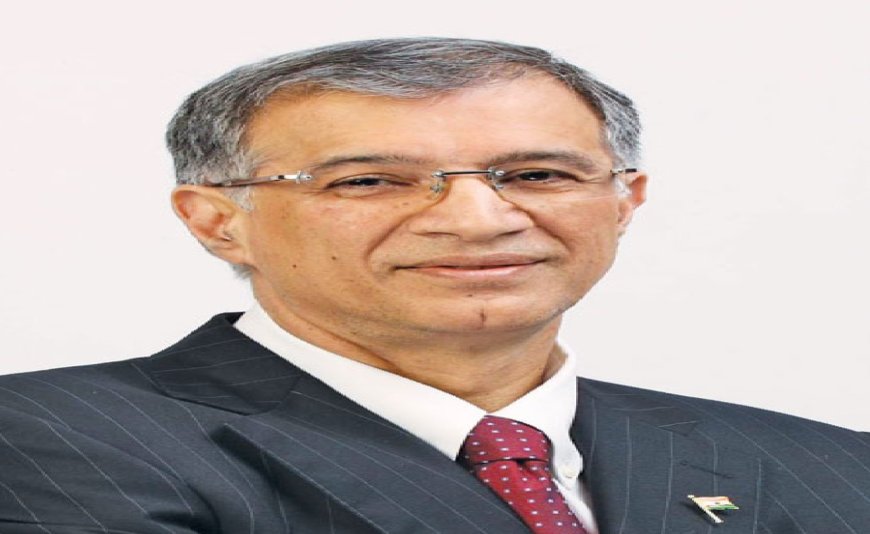Construction and Real estate industry is completely aligned with the Government of India’s Make in India initiative.

How do you look at the ‘rental housing’ segment and what are the initiatives that are needed to give a boost to this sector?
It is expected that over 40% of India’s population will reside in urban areas by 2030 as per the media report. A growing population, rapid urbanization, migration to cities, and booming job opportunities will drive rental housing demand. In key property markets, surplus housing stock is lacking to meet the rental demand. The career mobile workforce needs rental housing as they cannot afford to buy a home in each of their locations of employment. Hence, affordable rental housing will augment the growth of the real estate sector.
By rationalizing taxes and providing fiscal incentives, developers will be encouraged to create surplus stock to meet the growing demand for rental housing. Formalizing Rental Housing Policy state wise is the primary initiative to augur the growth of rental housing.
What are your group’s expansion plans for this year?
Hiranandani Group has recently launched 1 mn sqft of residential space in Hiranandani Fortune City township located in Panvel. As far as project launch pipelines are concerned, they are robust across projects in Powai, Chennai, and Panvel, which are subject to approval. The company is also evaluating a foray into the redevelopment project segment in the Mumbai market.
How do you look at the consumer sentiments in the real estate market post-budget 2023?
Consumer sentiment was buoyant amidst covid pandemic outbreak as the inherent need to buy an ownership home grew multifold. The global inflationary turmoil, rippling effect of geo-political havoc, increase in home loan interest rate and withdrawal of fiscal stimulus has dented the sentiment and demand in affordable housing segment. The mid and luxury homebuyers may opt for a longer gestation period before booking converts into an actual sale. In FY 2023, the pause in repo rate, impetus to affordable housing under PMAY scheme and bullish infrastructure outlay will see a snowball effect of the demand for housing. The industry has witnessed the growth of millennials into the first-time homebuyer segment opting for 1, and 2BHK. The demand for spacious homes in the range of 3 BHK and above has been highly preferred by C-Suite’s professionals, & HNIs who are capitalizing on the rise in disposable income, steady jobs, and accrued savings. Homebuyers from abroad have jumped on the home buying bandwagon benefitting from currency depreciation and an emotional need to secure shelter at home. Thus, the cumulatively discerning homebuyers’ segment has a very healthy and optimistic outlook.
What are the present challenges and suggestions to overcome those challenges in the real estate market?
Industry faces certain prolonged challenges like lack of digital record of land titles, hurdles in land acquisition process, delayed approvals, GST without input tax credit, skilled labour shortage since pandemic led migration, and cost-effective construction technology.
Hits: 11








